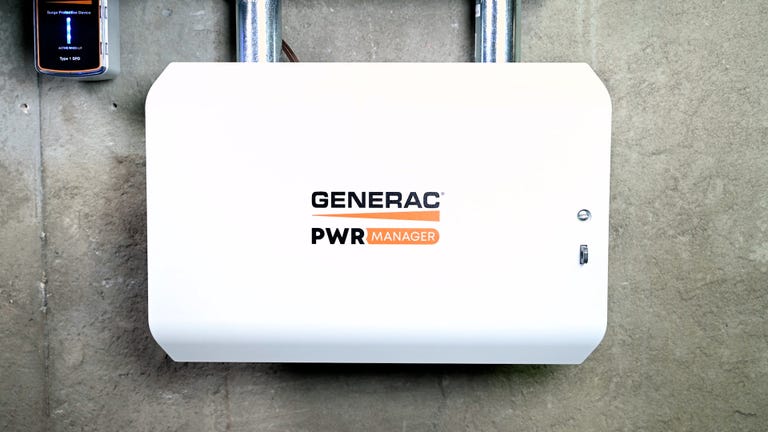What looks like a duck, doesn’t quack, and is causing a lot of headaches for energy utilities around the world, especially in California? It’s the duck curve, and it could influence how your utility treats your rooftop solar panels.
Energy grid operators are always performing a balancing act between the generation of electricity and the demand for it. Too much energy means resources are going to waste. Too little and you have blackouts or brownouts. Still, there is some predictability for demand. When most people are asleep at night, demand is at its lowest. As our alarm clocks rock us out of our beds and we start flicking on lights and making breakfast, demand increases. Demand then remains flat or dips during the day as people work. As people return home, demand increases while people cook dinner and possibly stream some TV. Then the cycle repeats.
Things were fairly simple for utilities when there were only a few sources of energy production, namely fossil fuels like natural gas. Adding solar power to the mix has complicated things.
“Unlike conventional power plants (for example, nuclear, coal-fired and natural gas-fired plants), solar and wind resources can’t be fully dispatched at will to help meet demand, and utilities may have to curtail them to protect grid operations,” according to the US Energy Information Administration. “Solar power is only generated during daylight hours, peaking at midday when the sun is strongest and dropping off at sunset. As more solar capacity comes online, conventional power plants are used less often during the middle of the day, and the duck curve deepens.”
So what the quack is the duck curve?
What is the duck curve?
The duck curve is what you get when you plot daily net energy load in California on a graph. It’s called a duck curve because it ends up resembling a duck.


